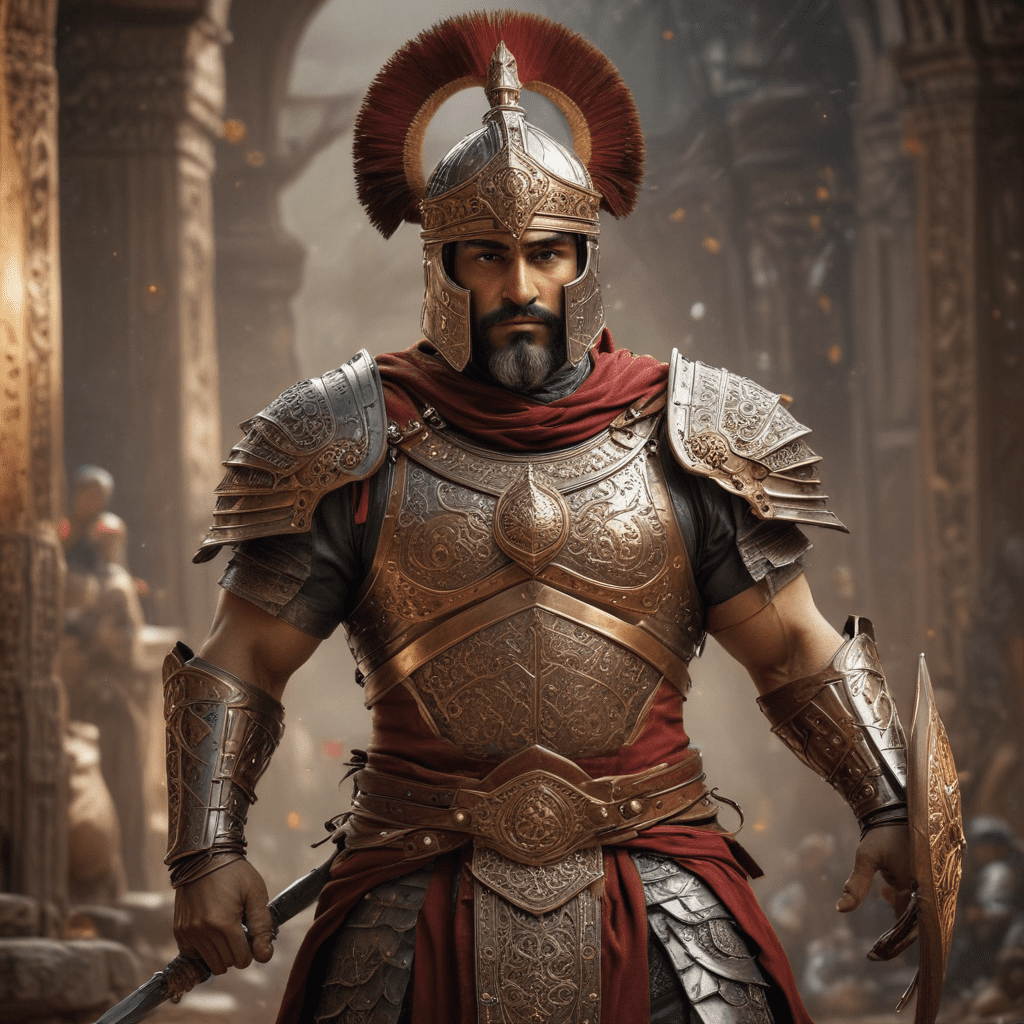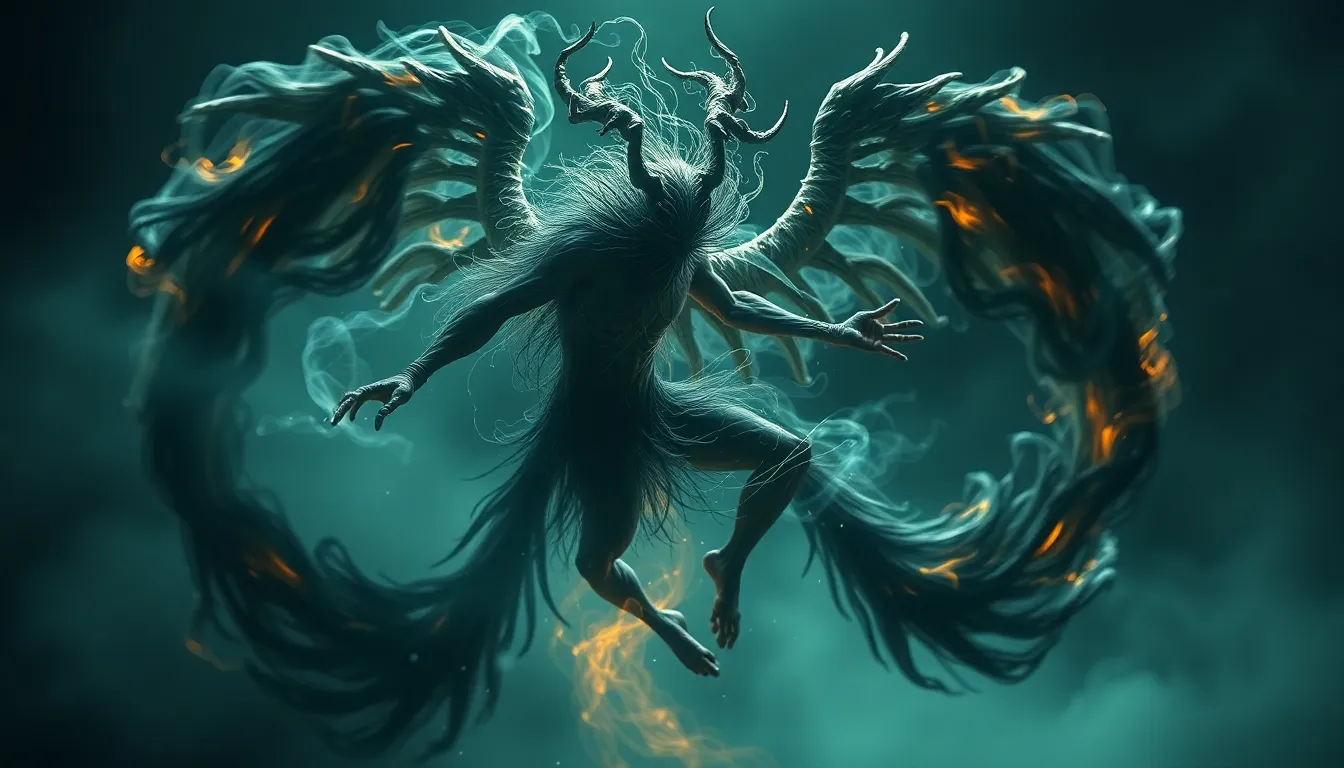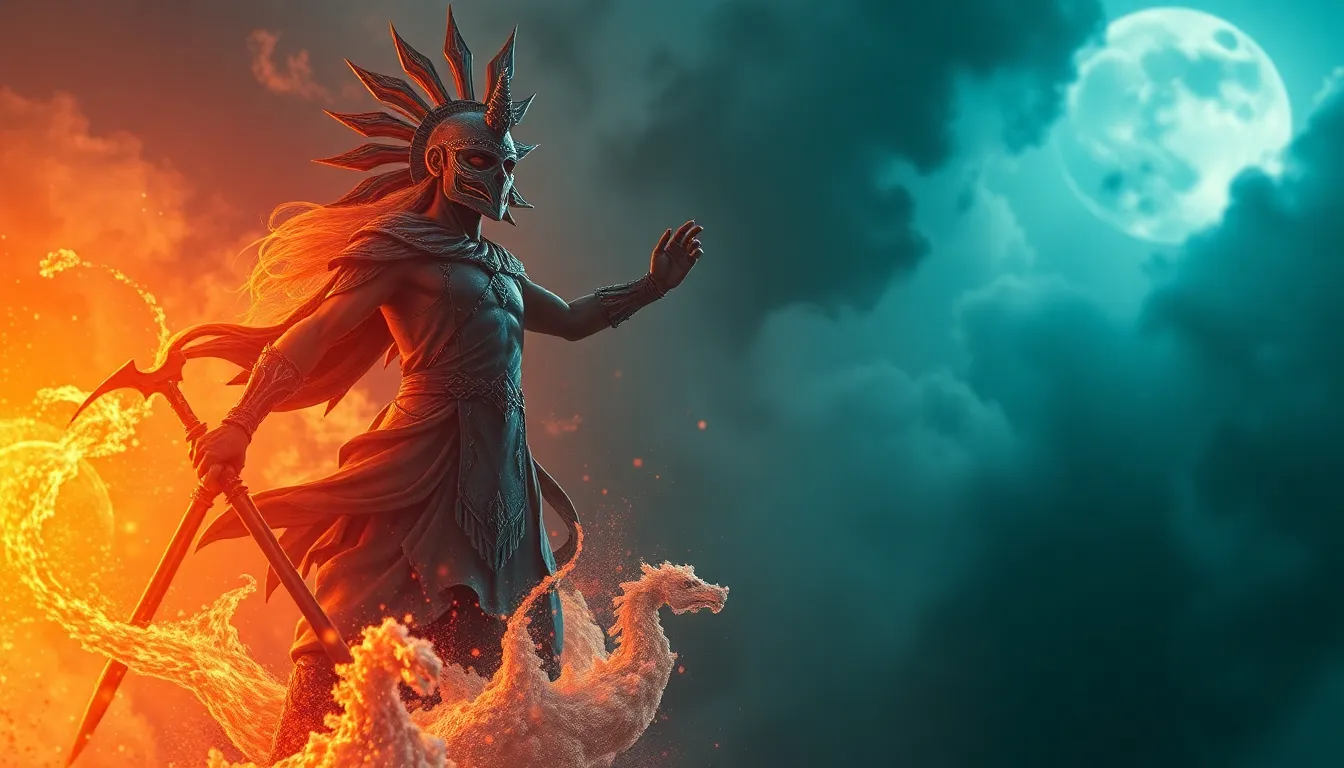The Mythical Armor of Persian Warriors
Introduction
For centuries, the warriors of ancient Persia have captivated the world with their legendary prowess and courage. But beyond their physical strength and military skill, these warriors were also adorned with mythical armor that enhanced their abilities and instilled both fear and awe in their enemies. This armor, steeped in myth and legend, became a symbol of Persian power and resilience, and its influence continues to shape the cultural landscape of Iran today.
Achaemenid Warriors and Their Legendary Armor
The Achaemenid Empire (550-330 BCE) marked the golden age of Persian civilization. The Achaemenid warriors, known for their elite cavalry and archers, were clad in elaborate armor that combined practicality with symbolic power. Their armor consisted of
- Helmets adorned with animal figures or intricate designs,
- Scale or lamellar armor made from metal or leather,
- And shields bearing the emblem of their empire.
These warriors were not simply soldiers; they were living embodiments of Persian might and grandeur, and their armor served as a visible manifestation of their strength and authority.
Epic Tales and Mythical Armor: Sohrab and Rostam
The epic poem Shahnameh, written by the Persian poet Ferdowsi in the 10th century, is a treasure trove of mythical tales that capture the spirit and values of Persian culture. One such tale tells the tragic story of Sohrab and Rostam, two warriors who are unknowingly father and son. During their fateful battle, Rostam wears a magical coat of mail that renders him invulnerable. However, Sohrab, unaware of his father's identity, pierces the one vulnerable spot on Rostam's body, leading to a tragic end for both heroes. This story highlights the double-edged nature of mythical armor: it provides protection and strength but can also lead to hubris and ultimately, downfall.
The Magical Armor of KayKhosrow
KayKhosrow, a legendary king in Persian mythology, possessed a magical suit of armor that granted him invincibility. This armor, forged from the feathers of the mythical Simorgh bird, played a crucial role in his rise to power and his numerous victories against his enemies. The Simorgh, a benevolent creature in Persian mythology, symbolizes wisdom, guidance, and protection. Its feathers, imbued with magical properties, transformed KayKhosrow into an almost mythical figure, further solidifying his status as a legendary ruler.
The Influence of Mythology on Armor Design
Mythical armor in Persian mythology served as a source of inspiration for real-life armor design. The intricate patterns, animal motifs, and supernatural qualities of mythical armor influenced the craftsmanship and aesthetics of actual armor worn by warriors. For instance, the helmets adorned with animal figures, as seen in the armor of Achaemenid warriors, were likely inspired by mythical creatures like the Simorgh or the dragon. Similarly, the use of precious metals and gemstones in armor design echoed the legendary armor of heroes like KayKhosrow.
The Symbolism of Mythical Armor: Strength, Protection, and Immortality
The mythical armor of Persian warriors transcended its functional purpose and became imbued with powerful symbolism. It represented strength, protection, and even immortality. The invulnerability granted by KayKhosrow's magical armor symbolized the power and authority of a righteous ruler. The impenetrable armor of Esfandiar signified the hero's near-immortality and his ultimate sacrifice for the greater good. These symbolic meanings resonated deeply with the Persian people, reinforcing their beliefs in bravery, honor, and the triumph of good over evil.
Modern Interpretations of Mythical Armor
The enduring legacy of mythical armor continues to inspire artists, writers, and filmmakers in modern times. From fantasy novels and video games to comic books and movies, the concept of enchanted armor remains a popular trope. These modern interpretations often draw inspiration from Persian mythology, reimagining the legendary armor of heroes like Rostam and Esfandiar in new and exciting ways.
The Cultural Significance of Mythical Armor in Persian Society
Mythical armor in Persian mythology played a significant role in shaping the cultural identity of the Persian people. It embodied their values of courage, resilience, and the pursuit of justice. The tales of heroes clad in magical armor served as moral lessons, teaching important values like loyalty, self-sacrifice, and the importance of upholding one's honor. These stories continue to be cherished by generations of Persians, reminding them of their rich cultural heritage and the enduring power of mythology.
Conclusion: The Enduring Legacy of Mythical Armor in Persian Culture
The mythical armor of Persian warriors holds a special place in the cultural tapestry of Iran. It represents not only the prowess of ancient warriors but also the enduring values and beliefs of the Persian people. From the epic tales of Shahnameh to modern interpretations in popular culture, the legacy of mythical armor continues to inspire and captivate, reminding us of the power of imagination and the timeless human desire for strength, protection, and the pursuit of justice.
Frequently Asked Questions (FAQs)
Q: What are some of the most famous pieces of mythical armor in Persian mythology?
A: Some of the most famous pieces of mythical armor in Persian mythology include the magical coat of mail worn by Rostam, the Simorgh-feather armor of KayKhosrow, and the seven-layered cowhide armor of Esfandiar.
Q: What are the symbolic meanings of mythical armor in Persian mythology?
A: Mythical armor in Persian mythology symbolizes strength, protection, immortality, and the triumph of good over evil.
Q: How has mythical armor influenced modern culture?
A: The concept of enchanted armor remains a popular trope in modern fantasy novels, video games, comic books, and movies. These modern interpretations often draw inspiration from Persian mythology.
Q: What is the cultural significance of mythical armor in Persian society?
A: Mythical armor in Persian mythology embodies the values of courage, resilience, and the pursuit of justice. The tales of heroes clad in magical armor serve as moral lessons and remind generations of Persians of their rich cultural heritage.



